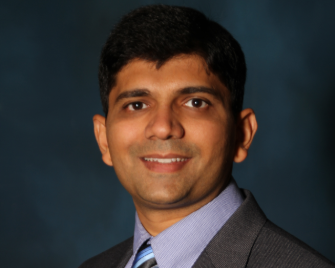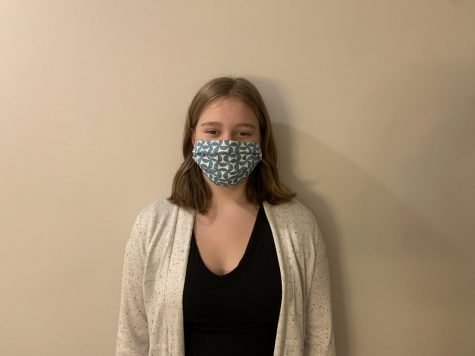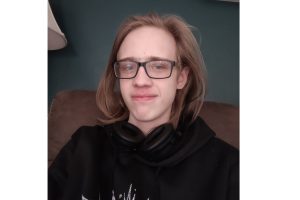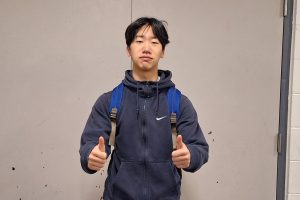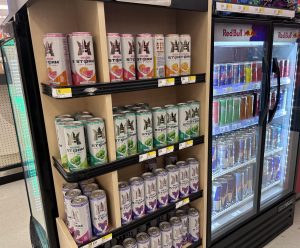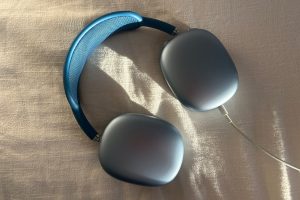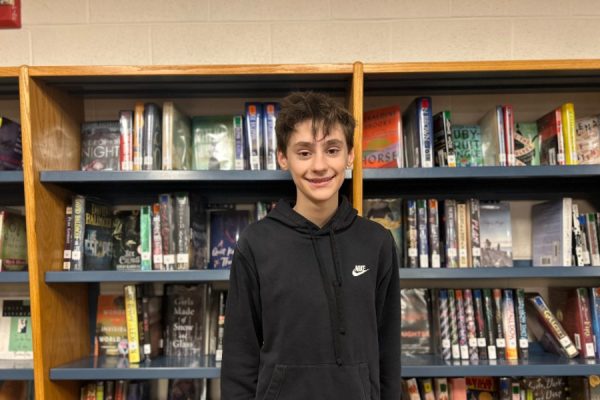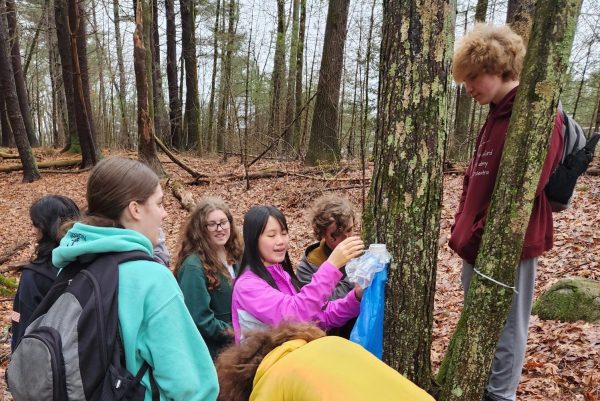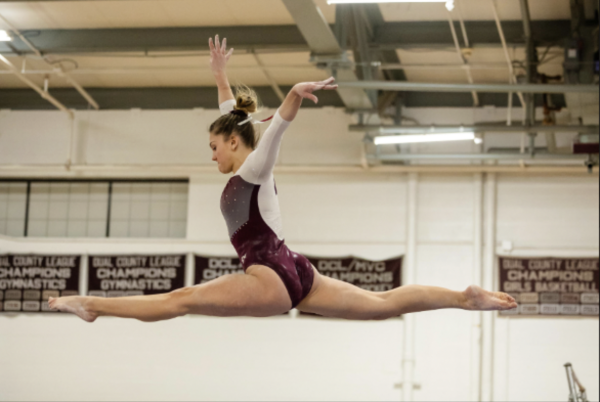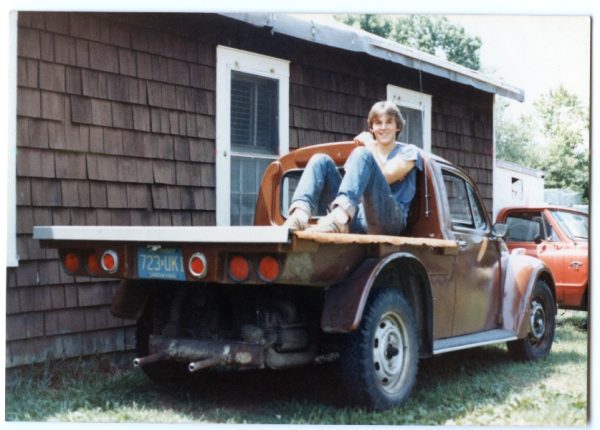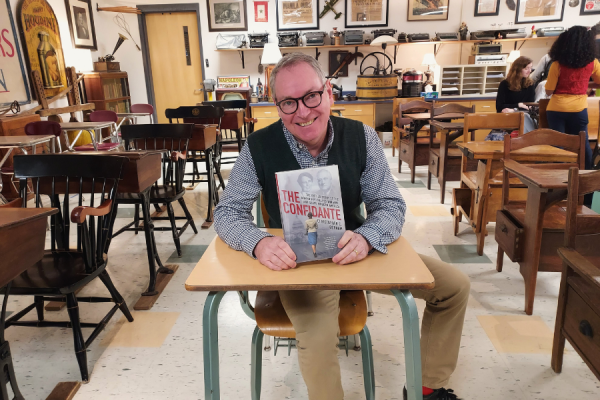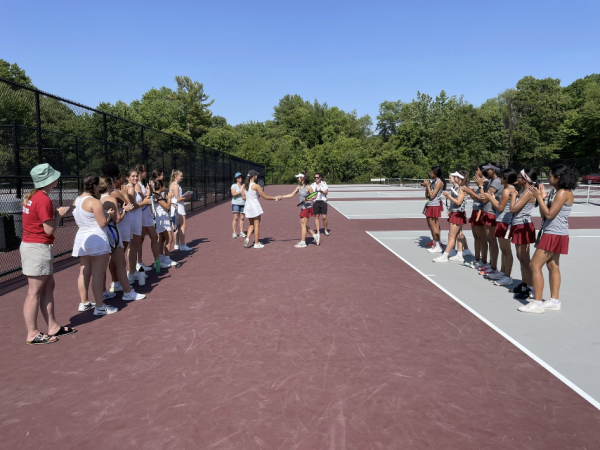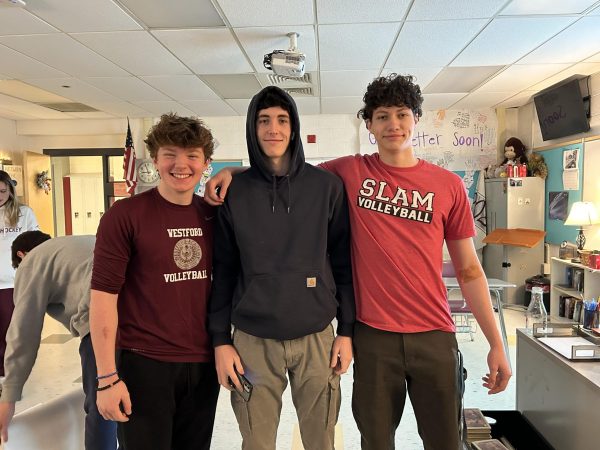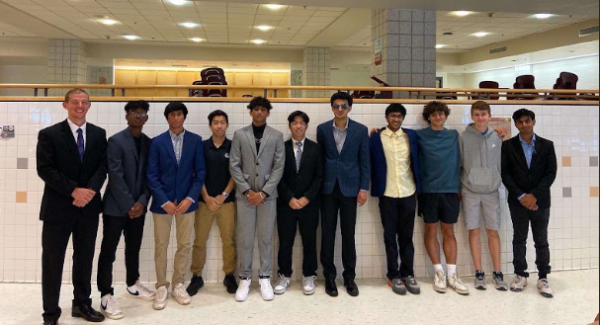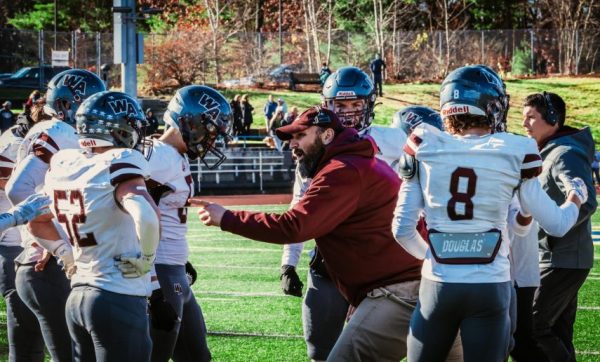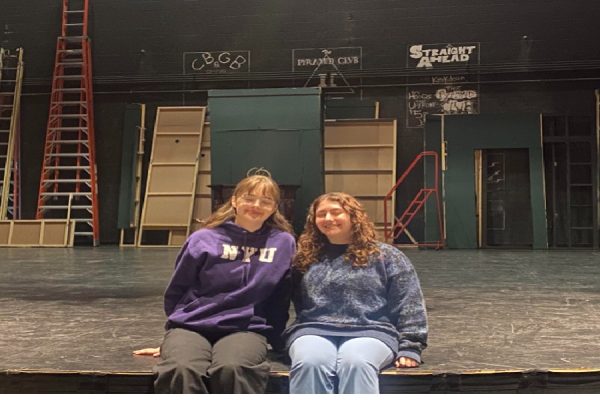WA welcomes new physics teacher Sagar Shah
October 23, 2020
Sagar Shah will be a new CP and AP physics teacher here at WA. He looks forward to teaching this year, even with the new hybrid model.
Q: How long have you been teaching for?
A: So I’ve been teaching for 14 years now, and I taught at [the] Advanced Math and Science Academy Charter School for about eight years, and then I taught in West Boylston for the rest of the years [until coming to WA this year].
Q: Why did you choose to teach at WA specifically?
A: I moved on to West Boylston to have a public school approach. The charter school was [a] public school, but it’s a very, very different atmosphere there too. So to add to the experience that, you know, West Boylston is close to Worcester too; you have a student population, which is coming from a different background and city […] . That’s why I choose West Boylston. But then, the Westford Academy position came up. That was also a good fit for me, because now I have a complete Academy background from AMASA. […] I can use [my experience] at WA. That’s the reason I chose WA and I’m really glad that I chose that.
Q: Have you always been teaching high school?
A: Actually, no, I also taught at Framingham State University as well, for nine years now. I’m a visiting lecturer there; that means I teach only in the summer, or only in the evening class. I have taught an introduction to physical science course, which is a course that Elementary Education teachers need to take in order to pass their science requirement. So it was a really good balance of physics, little bit of chemistry, little bit of Earth science, solar system and astronomy in there, and that course helps them to understand concepts and help them pass their testing, which they need to take to pass the education certification exams.
Q: What is your favorite topic to teach?
A: Of course, it’s physics! I love to teach mechanics, as mechanics is really intuitive, and it’s very hands-on. […] You can show it’s very much related to our real-world application. Anything you do, you cannot escape without knowing the basic principles of mechanics, whether it is Newton’s Laws, corrections, momentum, energy, or anything like that, from very basic, all the way to calculate it using the calculus, a problem can be solved. I love how students, take a simplest principle and apply it in such a complex way to solve creative problems.
Q: Is mechanics also your favorite topic to learn about?
A: Oh, yes, but I’m still learning because I’m teaching AP Physics. So there are always the topics and problems and normal situations with the lab that I come across every single day, and I learn with my students and do not shy away for a bit . […] You learn more when you teach. When you are able to teach that means you have gained that much amount of mastery of that topic. Because you can, pass on that to your students. And that’s what I asked my students to do. You want to gain a mastery of that topic. Well, gain mastery in such a way that you can teach to the other students. More you are able to teach it, answer their questions, you know, in every aspect, you have mastered that topic.
Q: What do you think of the new hybrid model?
A: What I think about a hybrid model is very, very important for me coming from past school year. […] I was really hoping that we could go back to the school, at least for some amount of time. I’m glad that we are inside the school for some amount of time, now, for a variety of reasons. Number one is the social-emotional learning for all the students, whether it is elementary or high school senior year, they need to interact. They need to see people they need to move away from one place, which is home, or for quite a long time. So for that reason, I was hoping to have school open and do some sort of hybrid model. Now the school is open, […] It’s every day, one day at a time. And there is a tremendous amount of work. However, it’s somewhat satisfactory, in the sense that students come to the classroom, students come online and they switch. So they can see both ways they can experience the in-person time with the teacher […] So that aspect I cannot replace. You cannot absolutely replace anything with the standing body in front of the classroom, with a million videos or creative videos you can create online. So something behind the screen is behind the screen, and something in front of the classroom is something in front of the classroom. They both have a different approach, different depth that students can interact with […] and definitely affect how you have learned that aspect of content. So long story short, I’m hopeful that we will keep coming to the school and do what we are doing.

